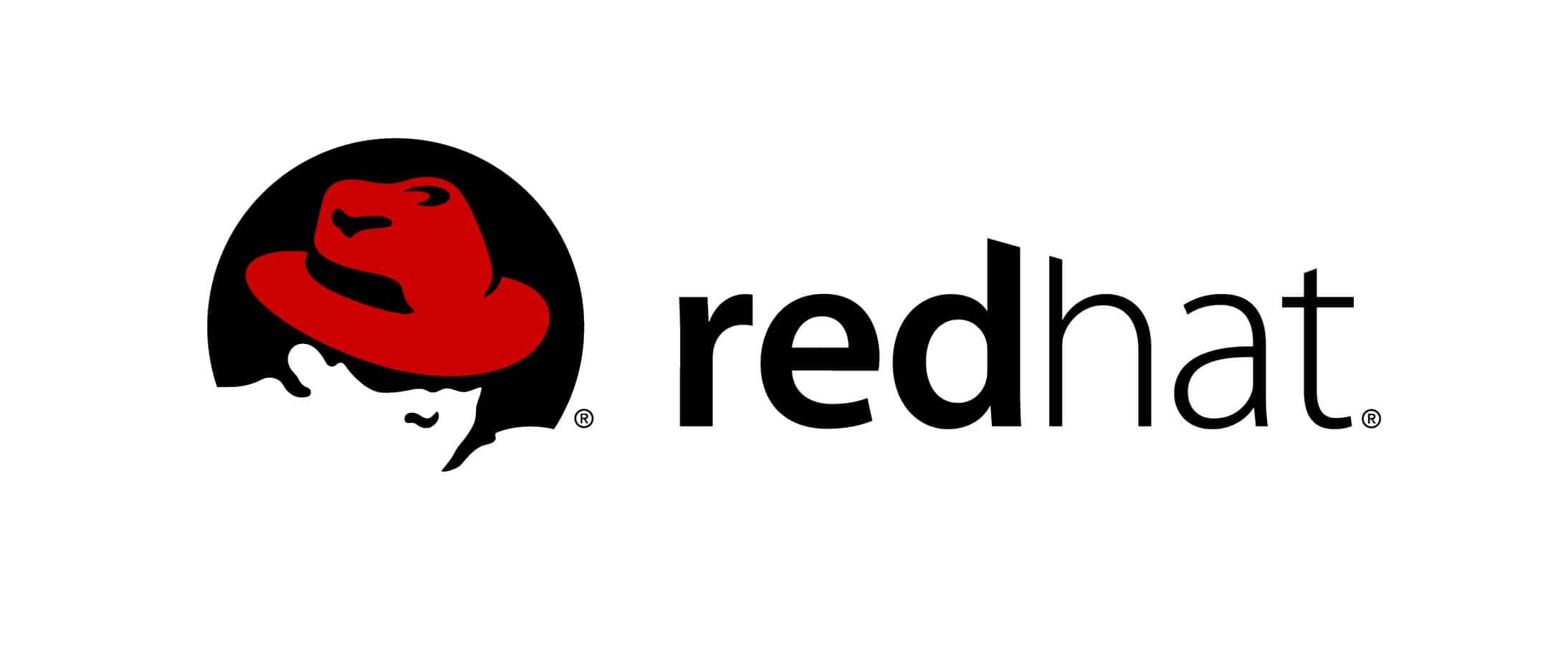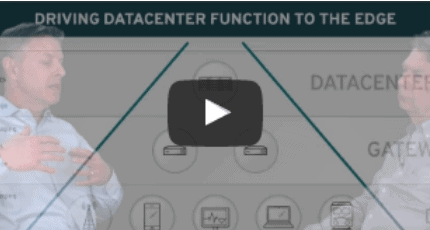Getting Started with the IoT: The Intelligent Gateway, Part 2 of 2
In this video, Ken Johnson, Senior Director of Product Management at Red Hat, provides a detailed overview of Red Hat’s Intelligent Gateway and discusses its role as an abstraction layer between IoT devices and the datacenter.
Learn more at www.RedHat.com/iot.
To view part 1 of this series, click here.
Transcript
The slow data path, if you will, is more aggregation of information, transformation, summarization of information that is dominantly targeted to be pathed to the back-end application, to the data center or the cloud. It could be historical aggregate information, like what are my trends over time, or it could be information that is semi-urgent, but not real-time or near-real-time urgent.
On the fast data path we have our business rules management system, which is an embedded rules engine, that allows you to process events over time. It can look over sliding time windows if certain things happen within a time window, if this happened before that or after that, are these two events correlated in some way. Based on this rapid evaluation, you can take action quickly.
On the slow data path, which actually may even feed into the fast data path a little bit, we have out A-MQ messaging layer, and our JBoss Fuse for transformation. A-MQ can provide protocol transformation, so if you have various devices talking over say MQTT, you can transform that to an A-MQP enterprise protocol for communication to the back end, and Fuse provides format translation, transformation on top of that. So if you need to standardize information coming from different devices into a common form so it’s easier process, aggregate with other information, that can all happen in the intelligent gateway.
Adrian Bowles: Well thanks.
If you want more information about how Red Hat is working with the IoT, go to RedHat.com. For more videos in this series, you can go to RTInsights.com.
First Look Video Series
-
Ken Johnson, Senior Director of Product Management at Red Hat, discusses the emerging de facto standard of a three-tier architecture for scalable IoT projects, and the importance of planning for scale from the beginning of an IoT project.
Special Report
-
Learn how smart transportation systems with enhanced automation can improve the performance and security of rail systems.
Connect with Red Hat
About Red Hat
Red Hat, the world’s leading provider of open source software solutions, delivers reliable and high-performing cloud, Linux®, middleware, storage, and virtualization technologies that help you collect, communicate, transform, store, and act on critical data generated by the Internet of Things (IoT). Red Hat offers a single, extendable, and secure foundation to support the end-to-end life cycle of IoT solutions—from development to production.
Red Hat brings intelligence to the edge, bridging the gap between IT and operational technology for connectivity and interoperability between IoT devices, gateways, datacenters, and the cloud.
Learn more at redhat.com/iot.






